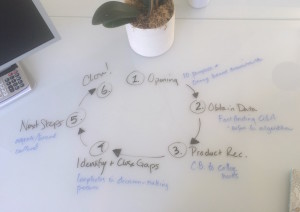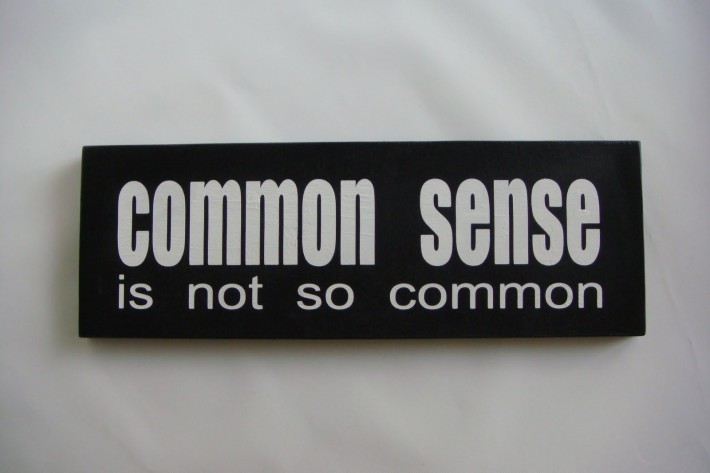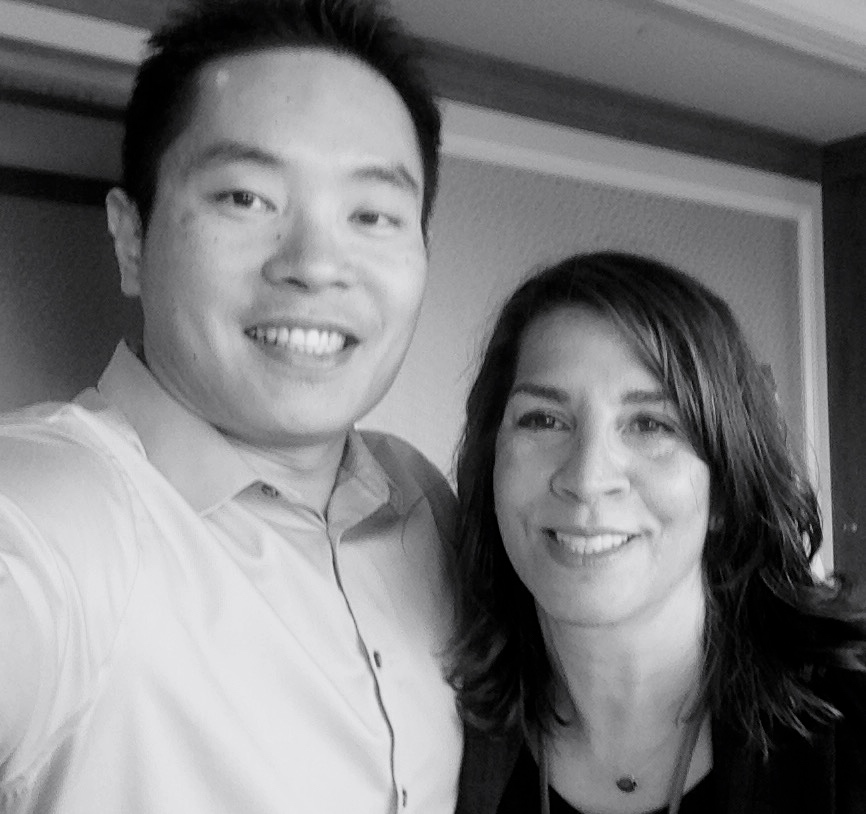Focused attention is today’s greatest commodity and brain science teaches us a brilliant way to harness it.
When you observe people watching a presentation, do you notice how some periodically check their cellphone? They might believe that they are master multi-taskers who can simultaneously listen and read, but this is a fallacy.
Why? The brain is a sequential processor, and can only fully focus on one thing at a time.*
In a world where everyone is expected to juggle each facet of their life simultaneously, our limited ability as people is overlooked. While technology has changed the way we handle almost every task in our daily lives, allowing us to do more, we are still human and must give our undivided attention to something in order to fully grasp the information.
Whether you’re on the executive management team sharing ideas that need to gain company-wide traction or a sales executive whose entire job rests on connecting with others to boost business, you rely on presentations to convey your message. Great presentations can inspire people to consider new ideas or your company’s product/solution. In the end, this is especially the goal of all salespeople; to move companies and people into action.
DON’T FOLLOW THE HERD
Many of us learned how to present from watching others. If you had great role models or training, chances are your presentations are good.
Or maybe you had the misfortune of learning by watching your colleagues use PowerPoint as a teleprompter so they could remember what to say next. If you fall into the latter group, this is for you.
Brain science reveals how to deliver compelling presentations that help your ideas, complex products, or services capture the attention of your audience. The best presenters make you forget that it’s a formal event. They have a conversational tone that effortlessly keeps you engaged. It makes you want to listen, not feel like you have to.
We gathered some brain facts from Dr. John Medina, Developmental Molecular Biologist, who authored a book back in 2008 called Brain Rules. Highlighted below are a few tips you can use right now to turn your next presentation into your best presentation.
“PEOPLE DON’T PAY ATTENTION TO BORING THINGS” *
Listening to an inventory of facts during a presentation is boring and does little to captivate people. No matter your topic, your goal should be to tell your audience a story. This is how the brain is hardwired to receive information, so if you can utilize this approach, your delivery will be far more impactful.
Until robots take over the world and sell to each other, we need to remember that humans are emotional beings. Combining the information with emotion is more moving and memorable than simply laying out the facts one by one.
One way we found to take dense, complicated content and make it more engaging is by using a storytelling matrix we created years ago to develop sales presentations for one of our healthcare clients. Now we use it all the time.
We place the audience at the center of the storyline, talk about the obstacles they’re grappling with, and show how our client’s products or services solve their particular challenges. This method forces you to create presentations that are all about your colleagues, clients or prospects.
If you want to learn more about the merits of storytelling, read Paul J. Zak’s article in the Harvard Business Review, Why Your Brain Loves Good Storytelling.
THE SIMPLER THE BETTER
Keep the slides simple and free of clutter so the audience can visually grasp the concept in a just few seconds. Remember, people cannot read and listen to you at the same time.
When your slides display data, words, and images, it forces the brain to absorb and process lots of information at once. Force-feeding a ton of facts leads to mental fatigue and a desire to do something easier, like checking the cellphone.
A way to remediate this issue is by first reviewing or reading what you’re visually showing the audience and then emphasizing your point if needed.
YOUR TEN MINUTES ARE UP
Dr. Medina enlightened us about the importance of the 10-minute rule. Essentially, our attention span is short. At each ten-minute interval, you need to do something to buy the audience’s attention for another ten minutes.
Review your presentation to see if at the ten-minute mark you can switch things up by sharing a relevant story or video.
REHEARSE AND REPEAT
Skilled presenters speak so effortlessly that it is easy to forget how much work goes into presenting.
Think of Steve Jobs. It is rumored that he practiced upwards of 80 hours in advance of delivering his legendary presentations. To sound natural takes practice and lots of it.
However, if you struggle to memorize your presentation, you are not alone! You’ll be glad to learn about a memory enhancement technique called the Memory Palace (Simonides’ method of Loci).
The general premise of the Loci method is to convert what you need to remember into outrageous visual images and associate them with a space you are familiar with, like your home or office. When you mentally walk through your memory space, you will recall the images you need to remember.
If you hear a piece of information, you’ll remember 10% three days later. Add a picture, and you’ll remember 65% of it. Brain Rules
An entire book, Moonwalking With Einstein: The Art and Science of Remembering Everything, by Jason Foer, is dedicated to teaching this method. It demonstrates how to memorize anything from a person’s name to a lengthy presentation.
If you use this technique, you will experience firsthand how visuals help cement your memories. This is the same reason why it is so helpful to include visuals in your presentations: they make your message and solution unforgettable.
Well, our ten minutes are almost up. If you find yourself needing assistance to convert a pile of facts into a powerful presentation, or coaching (1 to 100 people) to perfect the company’s corporate message, send us an email (TellMeMore@ConsultSBR.com).
HELPFUL RESOURCES:
Photo Credit: Alex Litvin on Unsplash
































